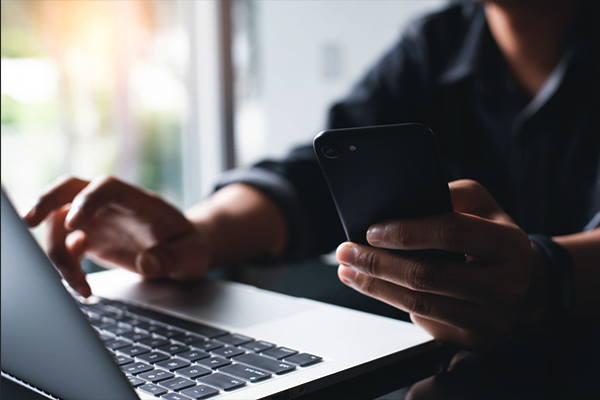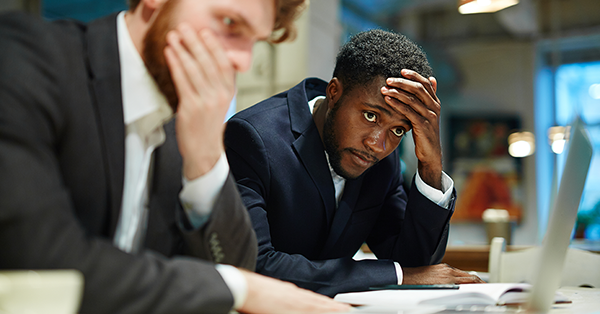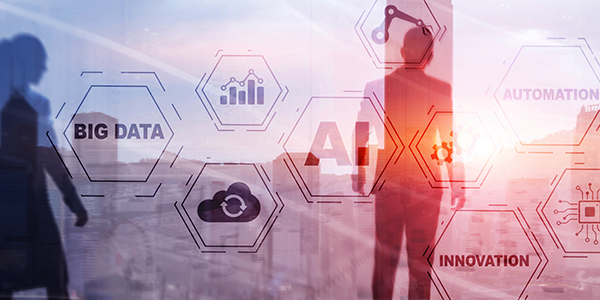Backing up your critical data should be a fundamental part of every data protection strategy. With ransomware breaches and recovery costs nearly doubling over the last year, at 66% up from 37% and $1.85M up from $760K respectively, organizations cited data backups as the #1 method used to restore compromised data.
For years now, multi-factor authentication (MFA) has been at the top of the cybersecurity best practices list. MFA has proven to curb data breaches due to compromised credentials (usernames and passwords), and according to Microsoft, 99.9% of cyber-attacks on company accounts are preventable with properly deployed MFA. This is a statistic no business leader can afford to ignore.
Since 2008, Verizon has released its annual Data Breach Investigations Report (DBIR). This is a data-driven report on threats your organization may encounter in regard to cybercrime. The threats identified are the most common tactics used against organizations that resulted in a data breach.
As many applications now live in the cloud, it’s easy to lose sight of basic network hygiene. One might assume that patching has become less critical now that more data lives in replicated cloud storage environments. You may also think that using the latest cloud security tools, like multi-factor authentication (MFA), is enough to keep you protected from increasing cyberattacks.
In recent weeks, The White House held a cybersecurity press briefing with the Deputy National Security Advisor (NSA) for Cyber and Emerging Technologies, who urged "private sector partners to take immediate action to shore up their defenses against potential cyberattacks." This comes after earlier warnings from The White House for heightened awareness surrounding Russian cyberattacks.
In response to the Russian aggression and subsequent invasion of Ukraine, President Biden swiftly imposed stiff sanctions on Russia. This announcement was shortly followed by U.S. security experts calling for heightened awareness of Russian cyberattacks on U.S. businesses and the economic sector. As of today, U.S. officials have not identified any specific, credible threats related to the Russian-Ukraine tensions, however past cyber threats out of Russia call for increased vigilance.
Every day, before you have even finished your first cup of coffee, you've likely sifted through a myriad of email messages, most of which are equally important and require action. However, behind some messages is a hopeful cybercriminal waiting for you to react to their sophisticated phishing email. So how can you recognize and react to the fraudulent emails coming at you multiple times a day?












